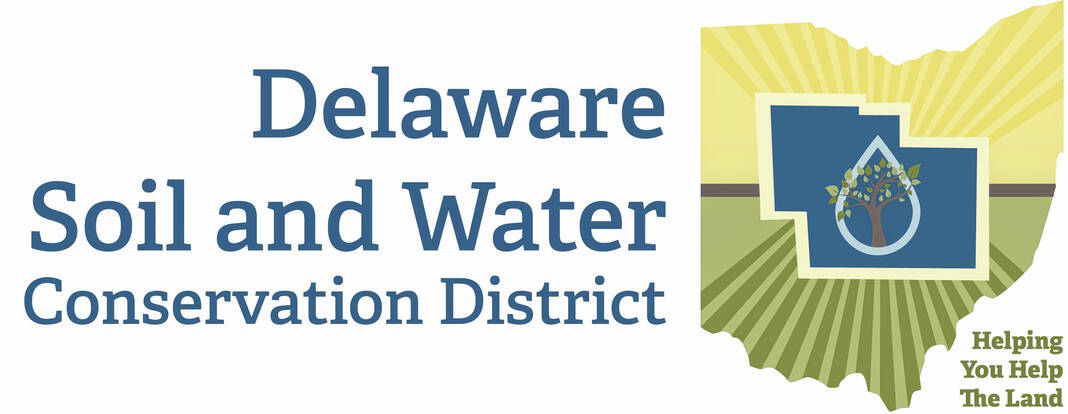
Dreaming of fall foliage, pumpkin spice and all things autumn? As you plan your fall festivities, make sure to schedule some time for a fall soil test in your yard, garden and flower beds. Testing the soil is an inexpensive way to maintain good health in lawns and gardens while making sure that you aren’t buying and applying unnecessary fertilizers.
Soil tests help people follow the 4Rs of plant fertilizing: know the Right source, at the Right rate, at the Right time, and keep it in the Right place. Right Source: Tells the fertilizer type(s) needed for the desired plants (example: blueberry bushes need acidic soils to grow and thrive). Right Rate: Explains the amount of fertilizer needed for optimal soil health and plant growth. Right Time: Lists when the best time to administer fertilizer is. Right Place: Keeps the nutrients where they are needed. By following the 4Rs, you can prevent pollution to our surface and groundwater, and make sure your plants have exactly what they need to thrive.
Soil tests help maintain proper soil fertility, aid in plant selection, and help diagnose plant problems. Soil tests can be done at any time of the year, but make sure to give yourself time to review the results prior to your desired planting season, fall is typically an optimal time. Soil tests should be repeated every two to three years to keep soil fertility at desired levels. The standard soil test provides the stat us of phosphorous (P), potassium (K), calcium (Ca), magnesium (Mg), pH, cation exchange capacity, lime requirement index and base saturation. Additional tests are usually available for iron (Fe), zinc (Zn), manganese (Mn), soluble salts and nitrates.
Submitted soil tests should be a compound sample of the entire desired test area. Your flower garden should be a separate test from your yard. When collecting samples for your soil test, mix five to 10 subsamples together to make up your submitted soil test. For each subsample, remove the top debris, retrieve soil 3-8 inches deep and mix all the subsamples together thoroughly. You will need a little over a cup in total. Getting your results back can take two to three weeks.
Testing kits and instructions on where to send them after collection can be picked up from the Delaware Soil and Water Conservation District office or you can take them directly to the OSU Extension office in Delaware County where there is a $25 per sample fee. The extension office is located at 149 N. Sandusky St. in Delaware.
However you choose to submit your soil test, make sure to follow the instructions and complete all parts of the requested information for a timely and accurate test result. Other supplies you may need are a bucket, soil probe and garden spade.
For more information on the importance and benefits of completing a soil test, contact the Delaware Soil and Water Conservation District. Please visit our website at SoilAndWater.co.delaware.oh.us or call us at 740-368-1921.


